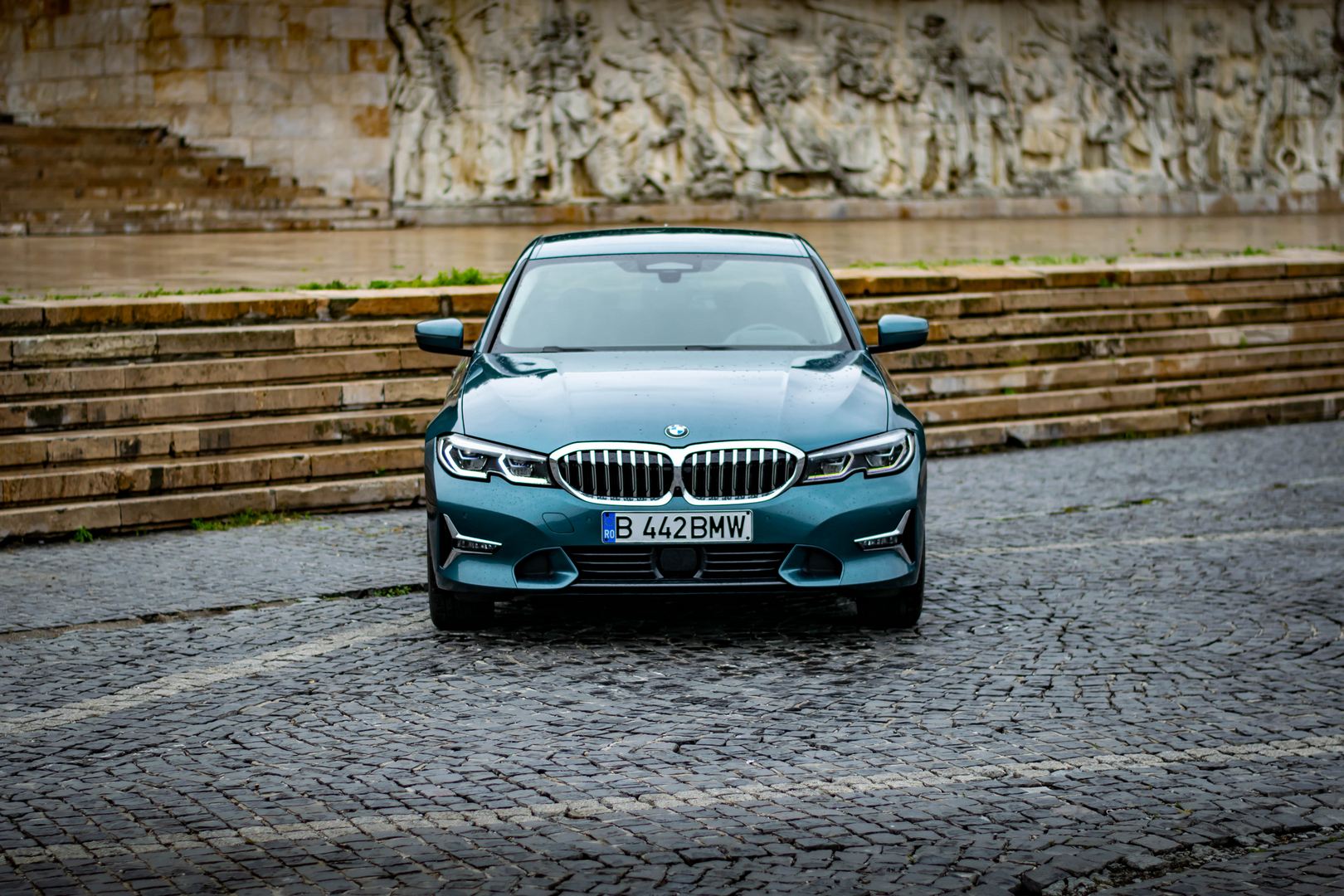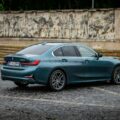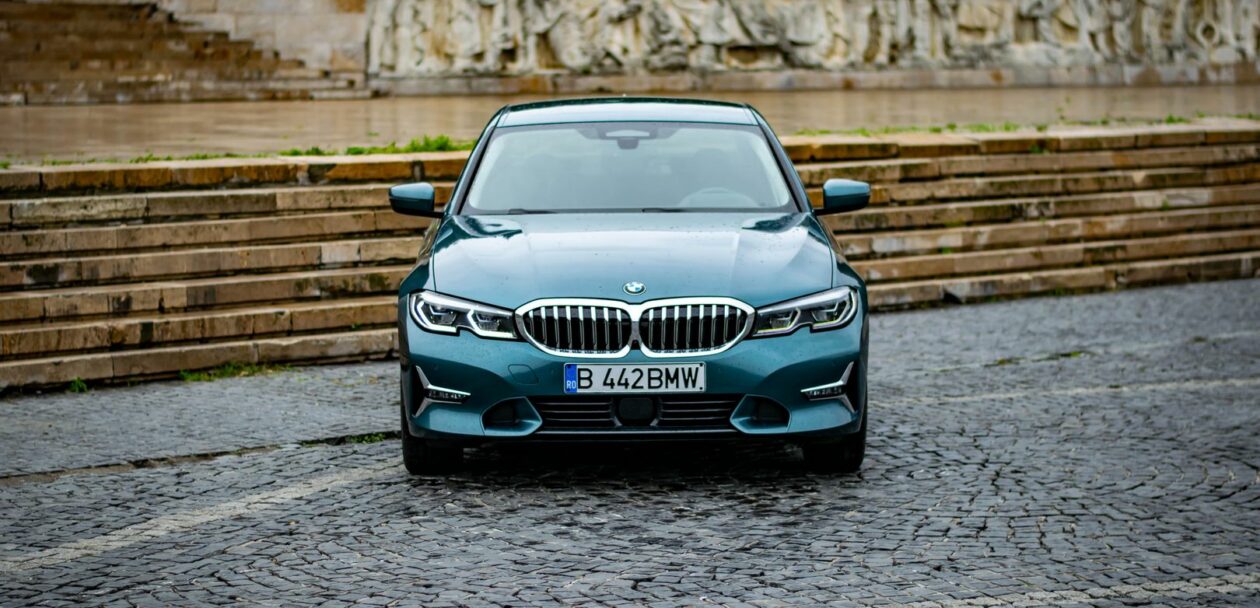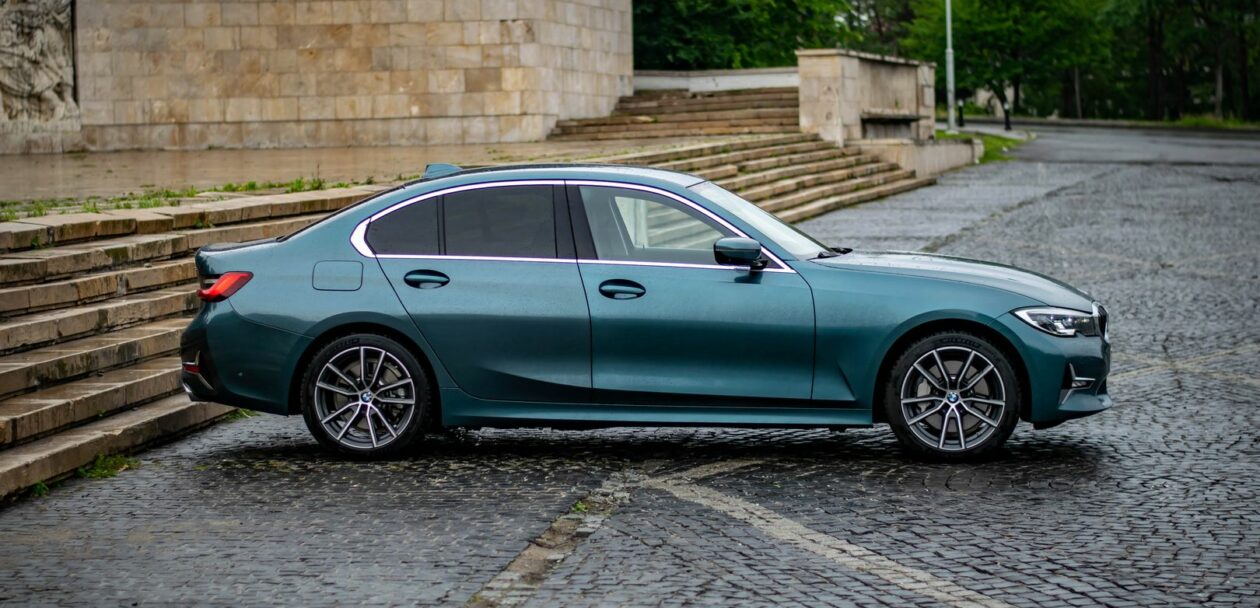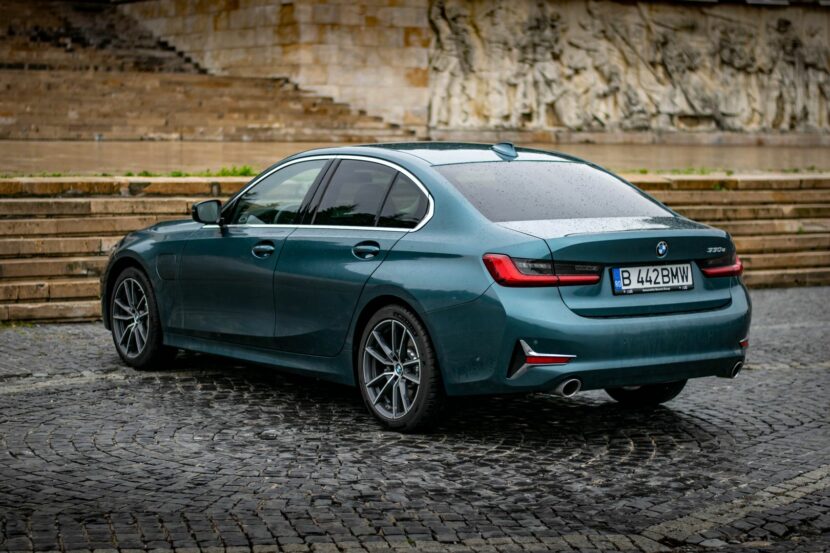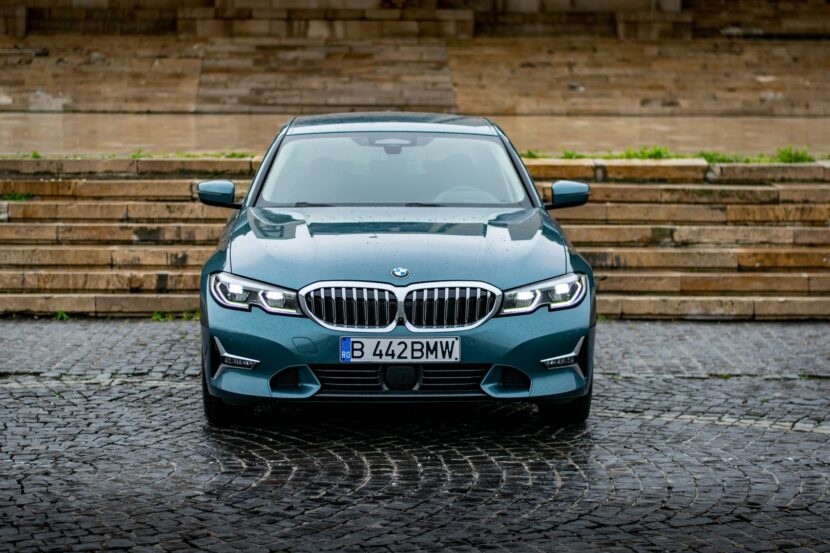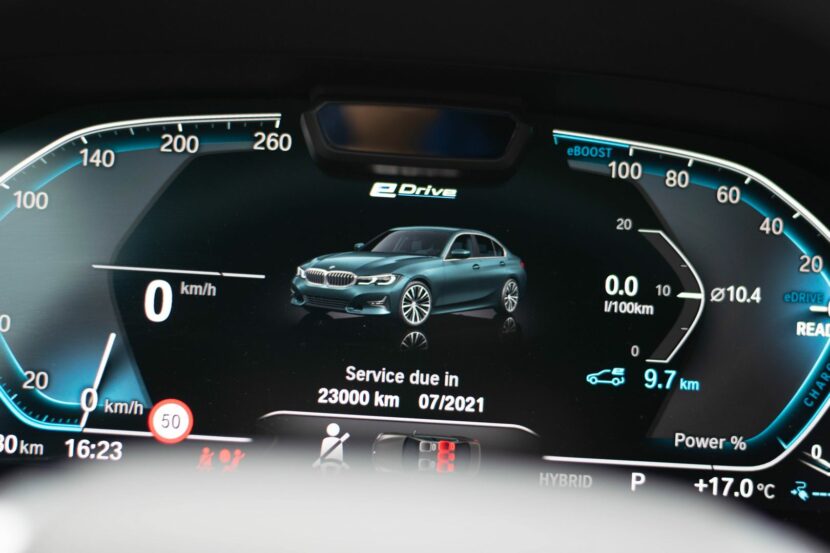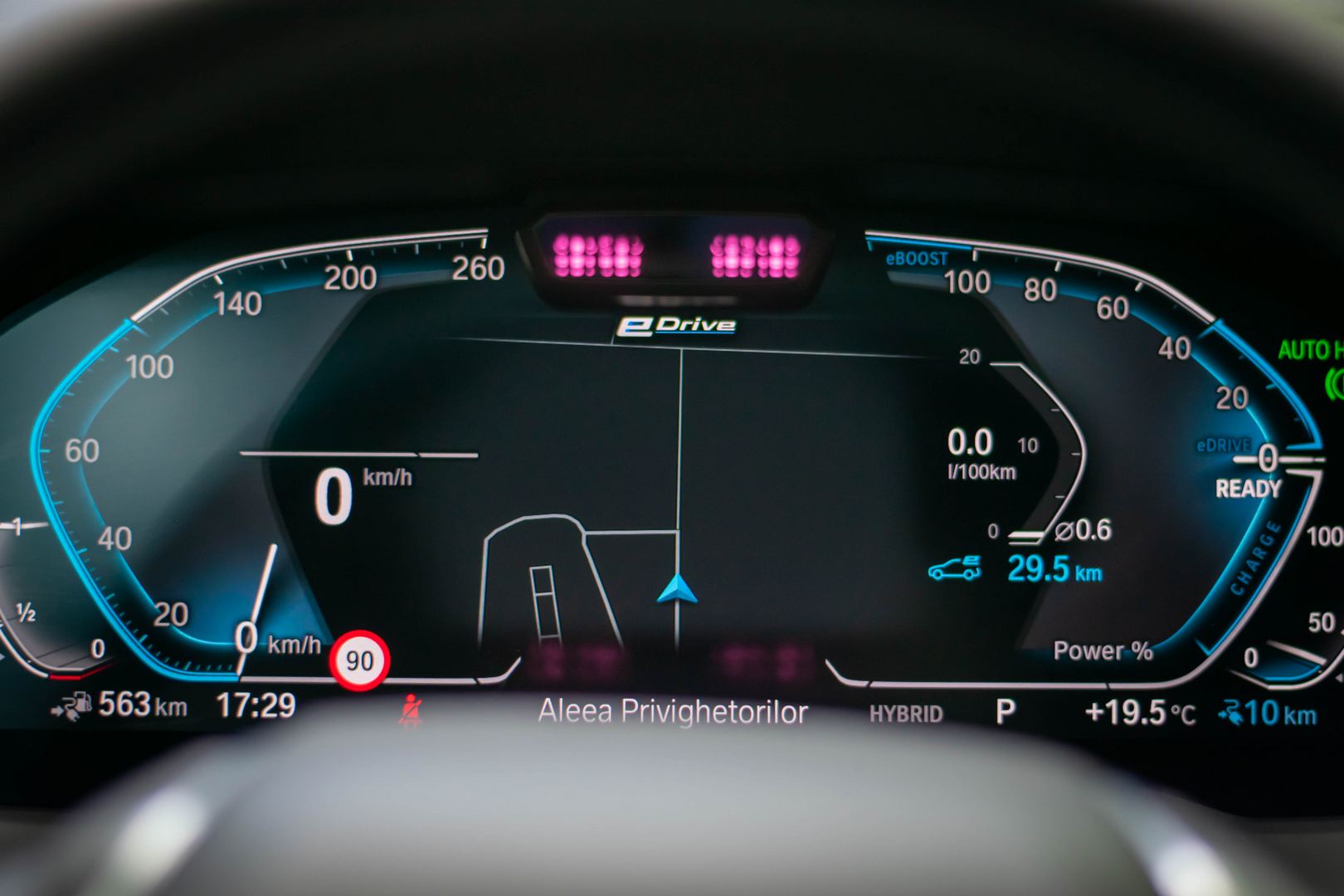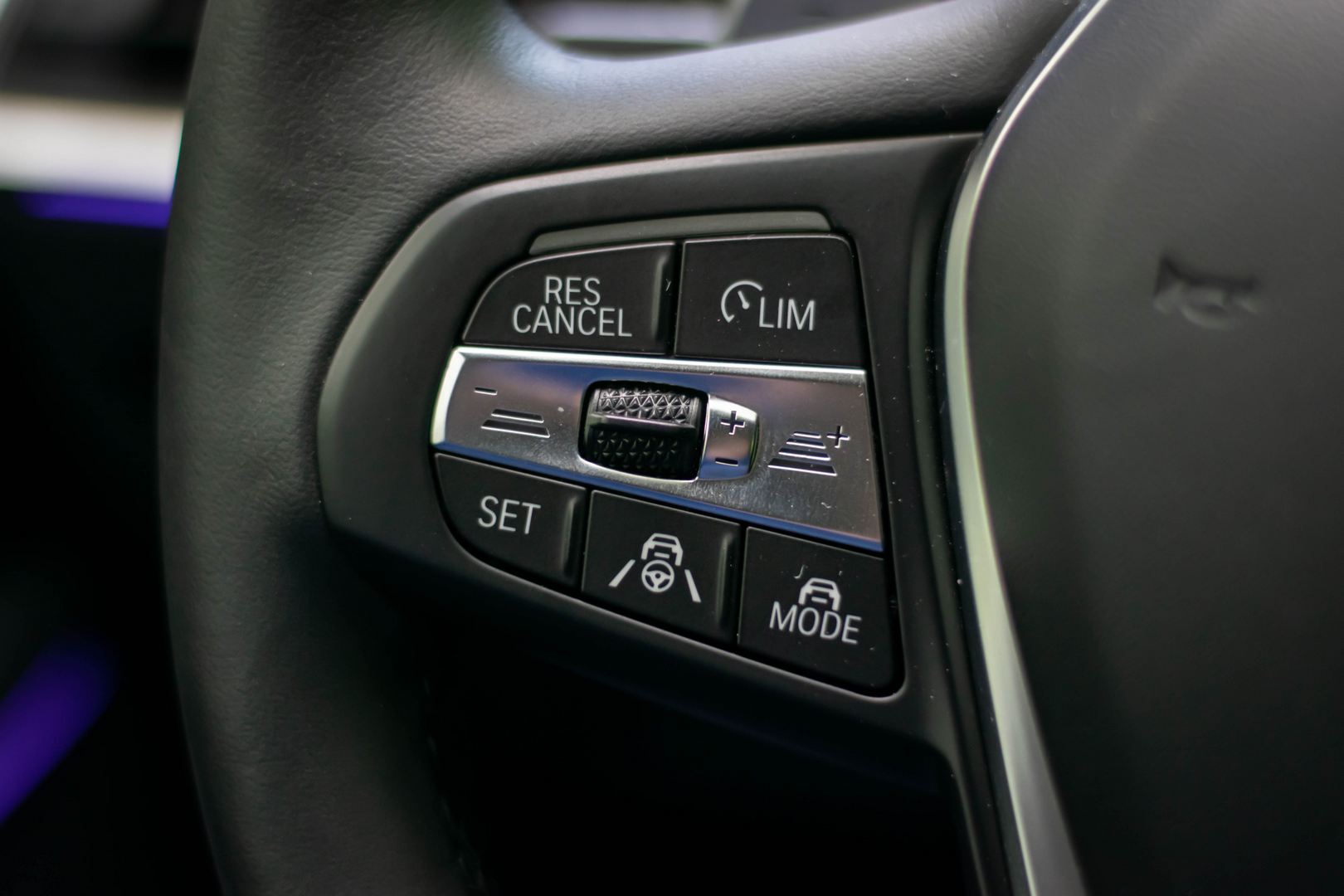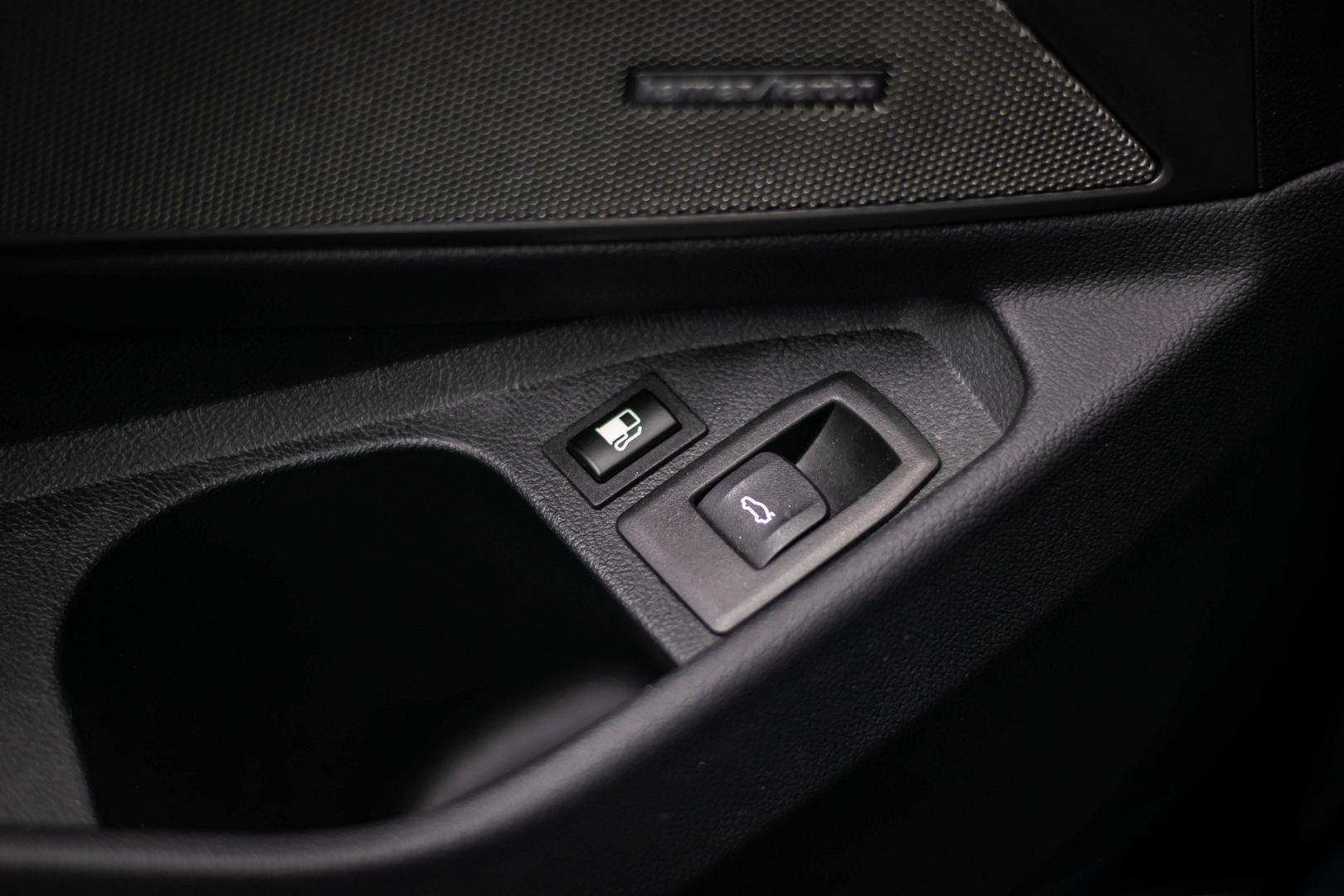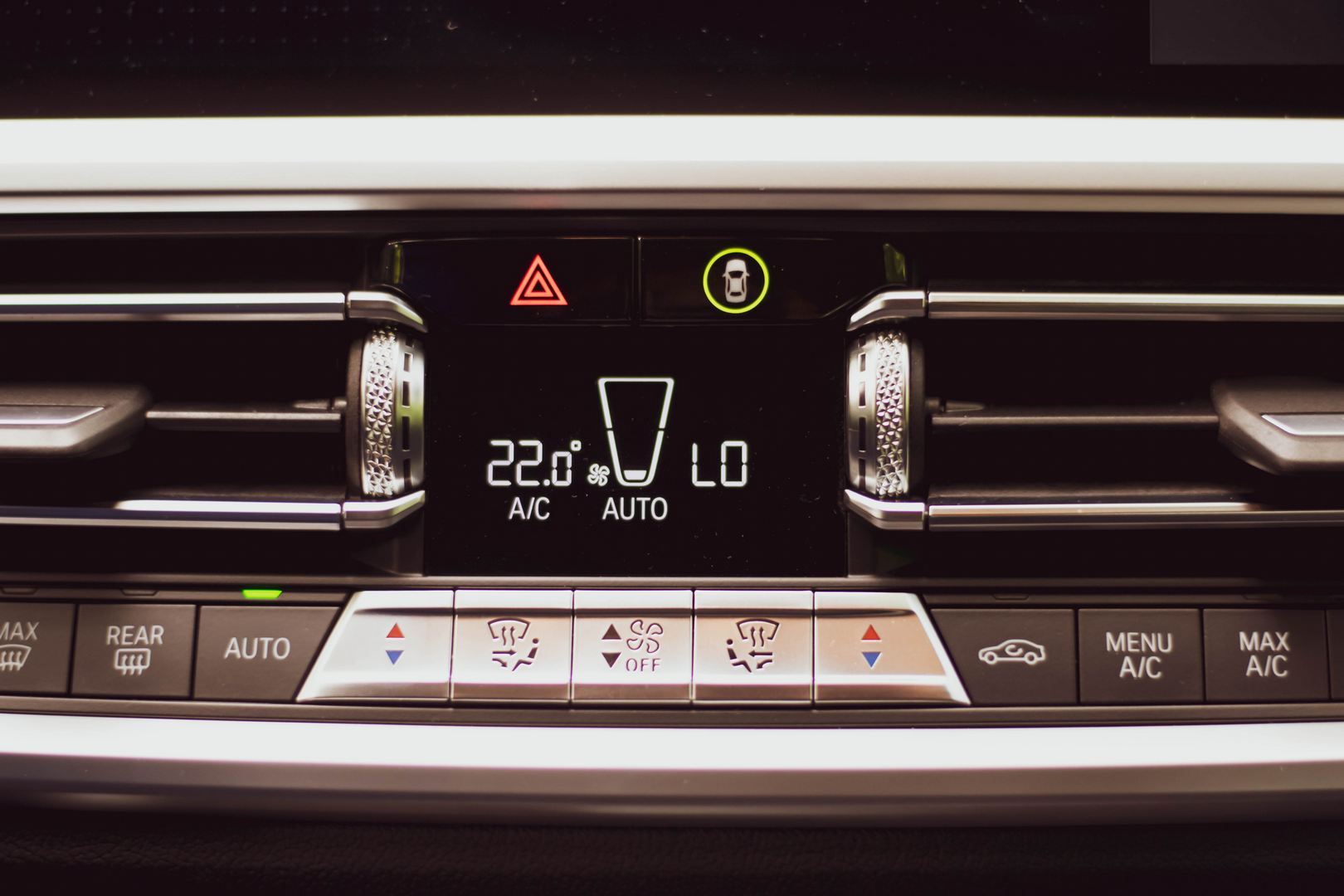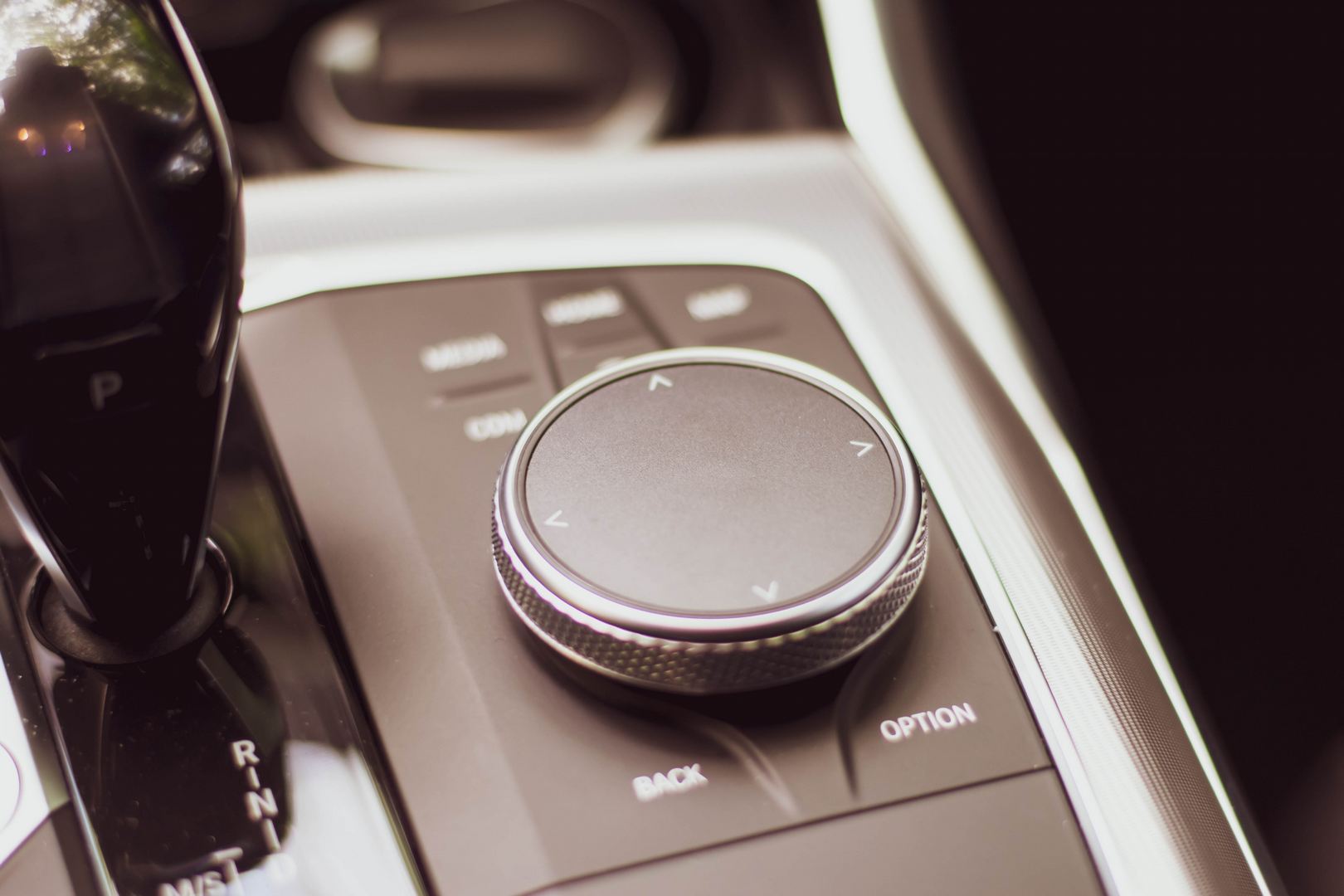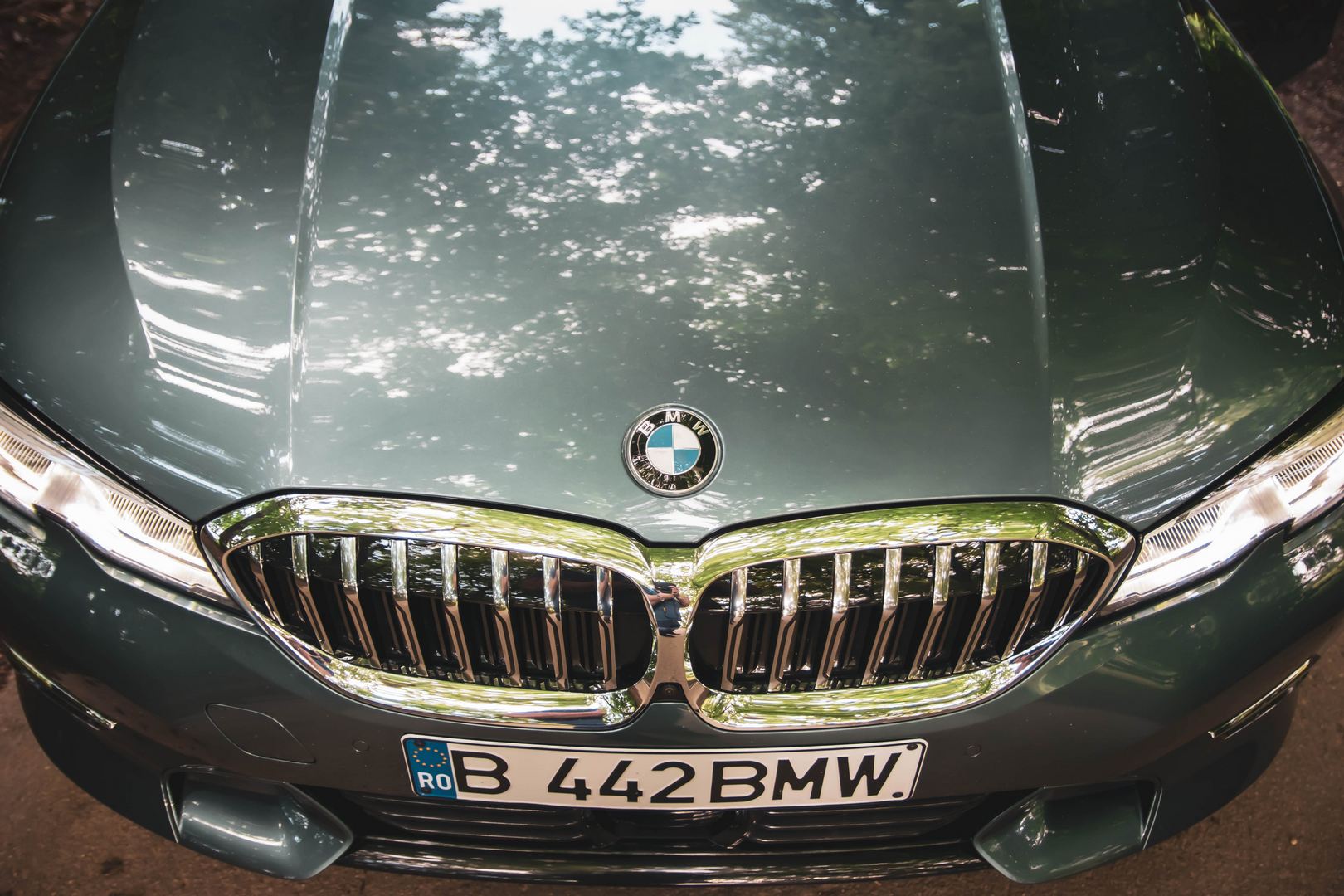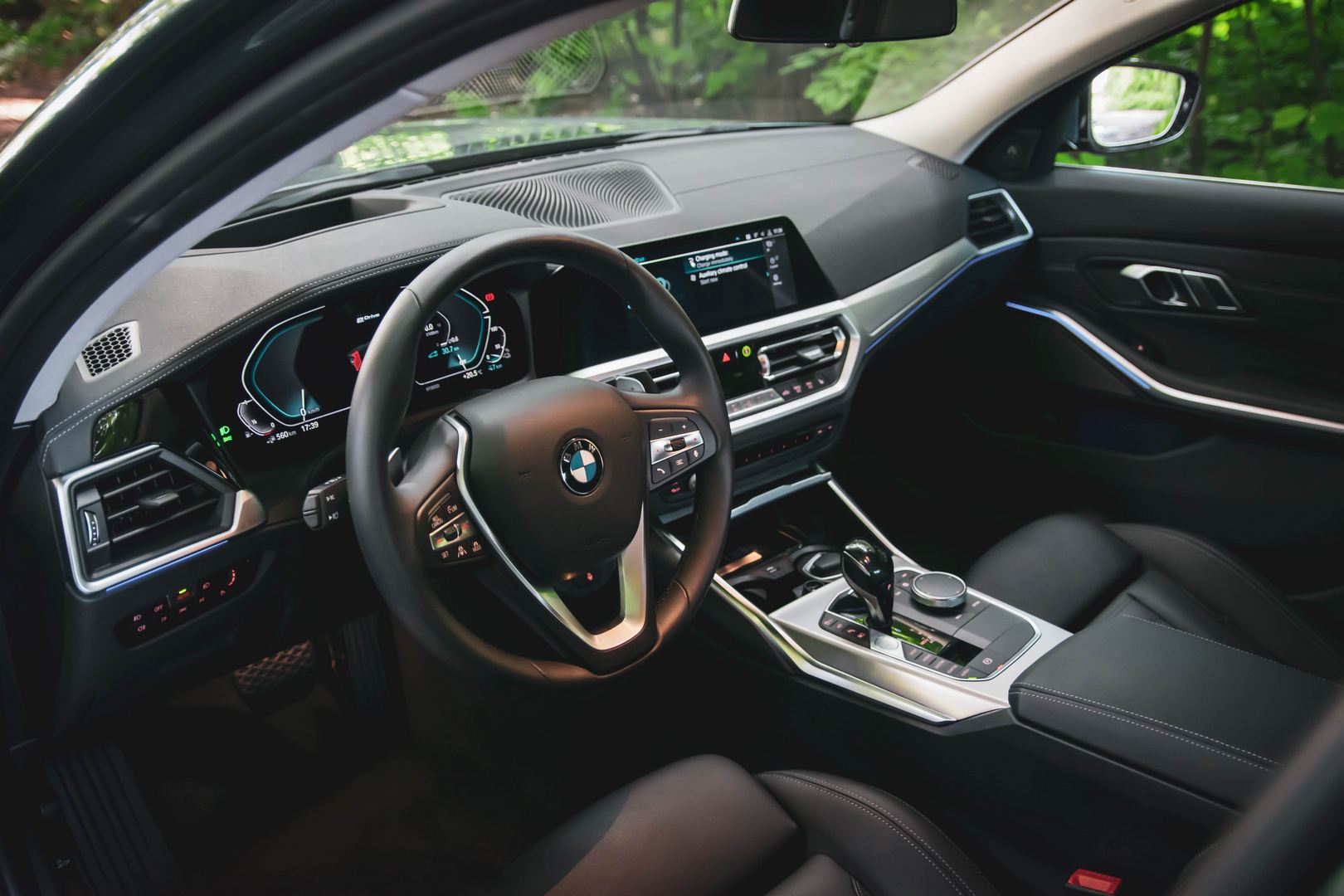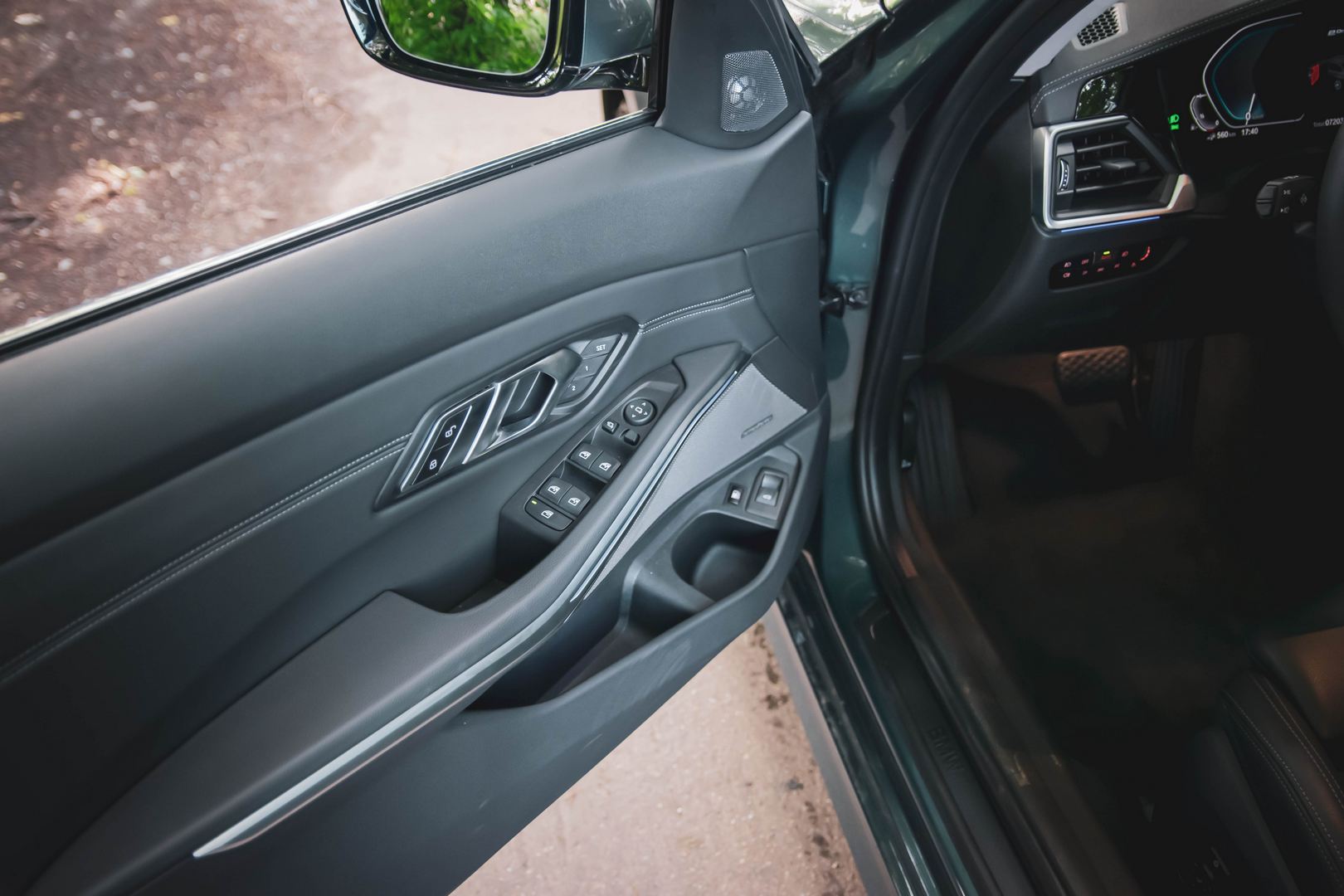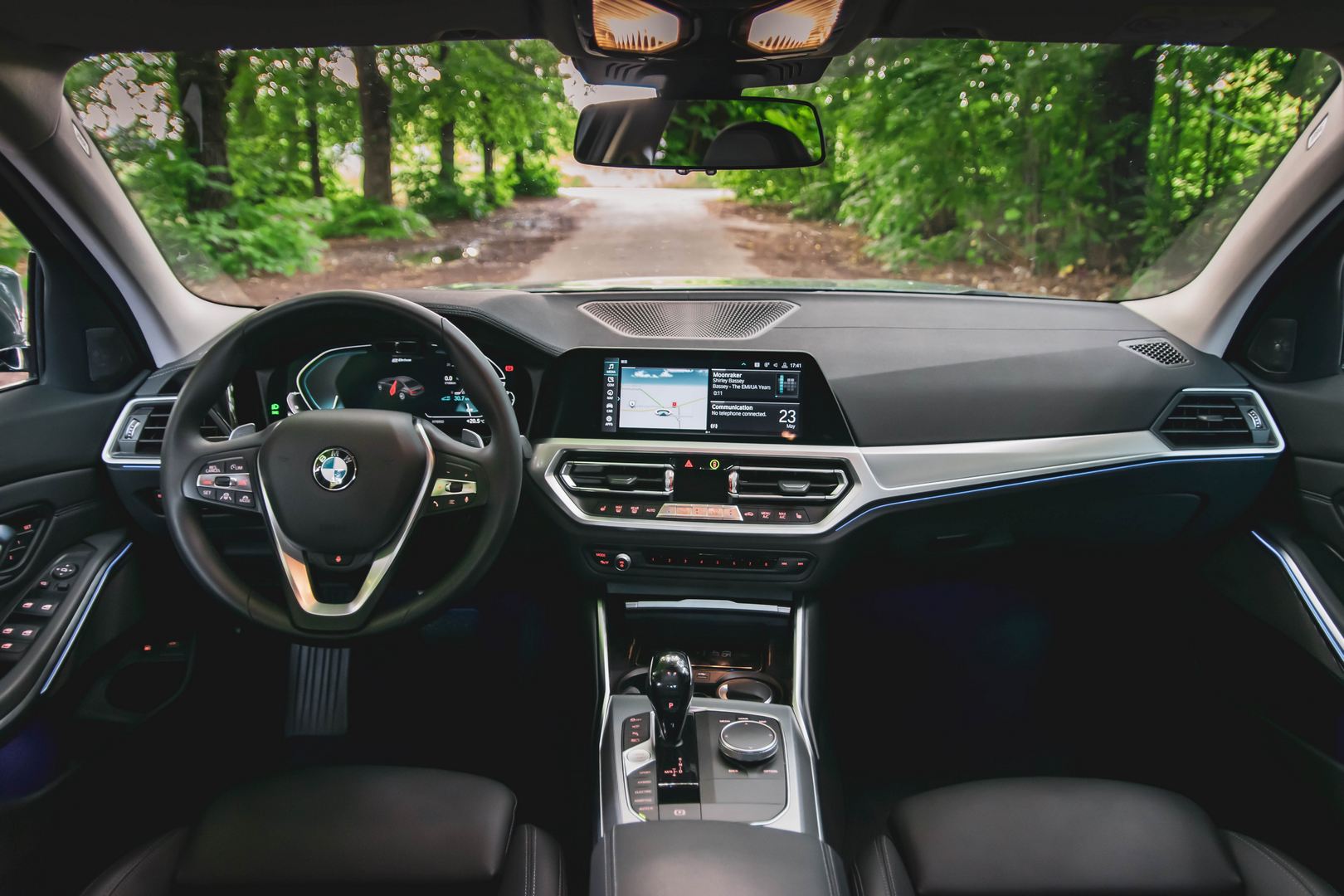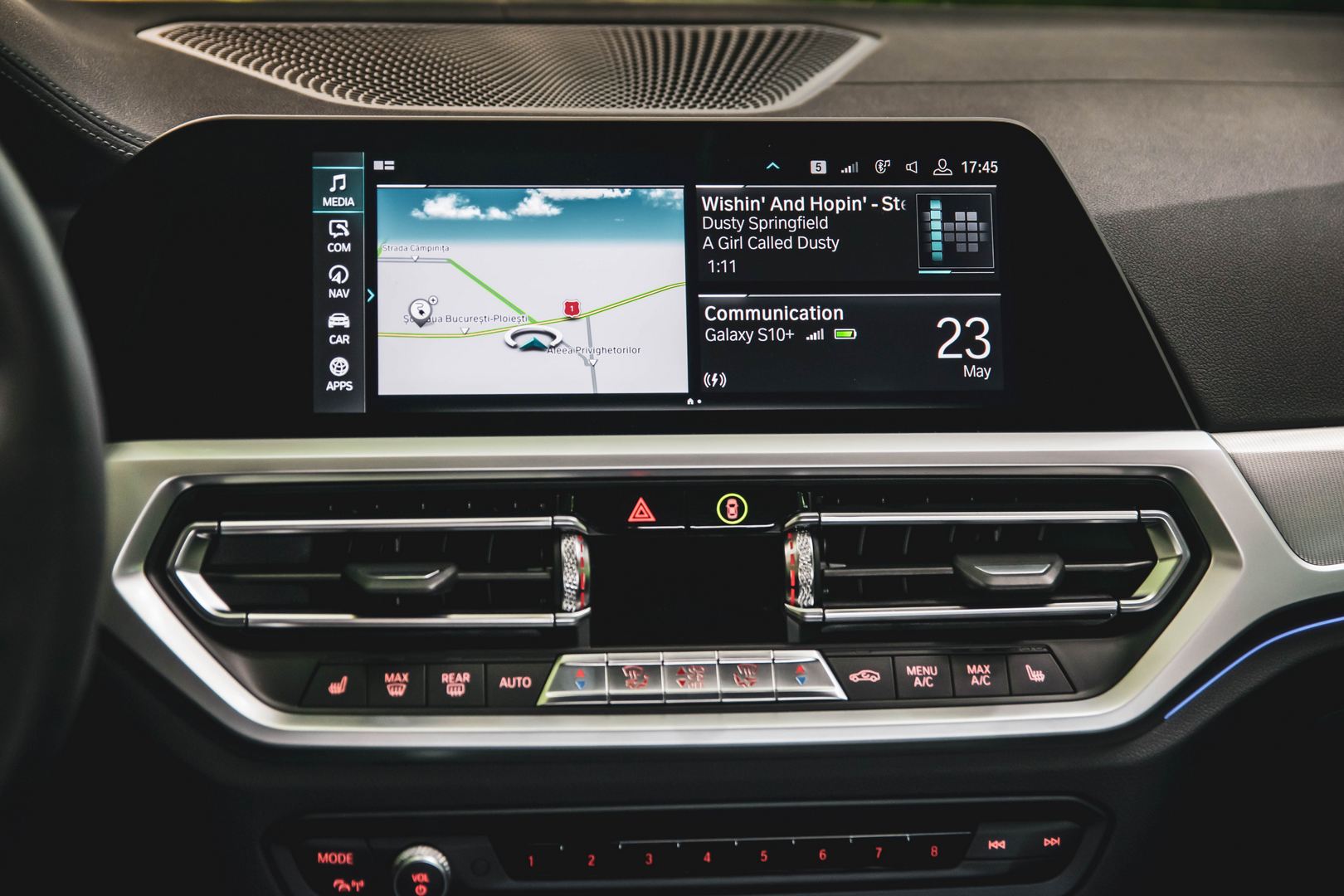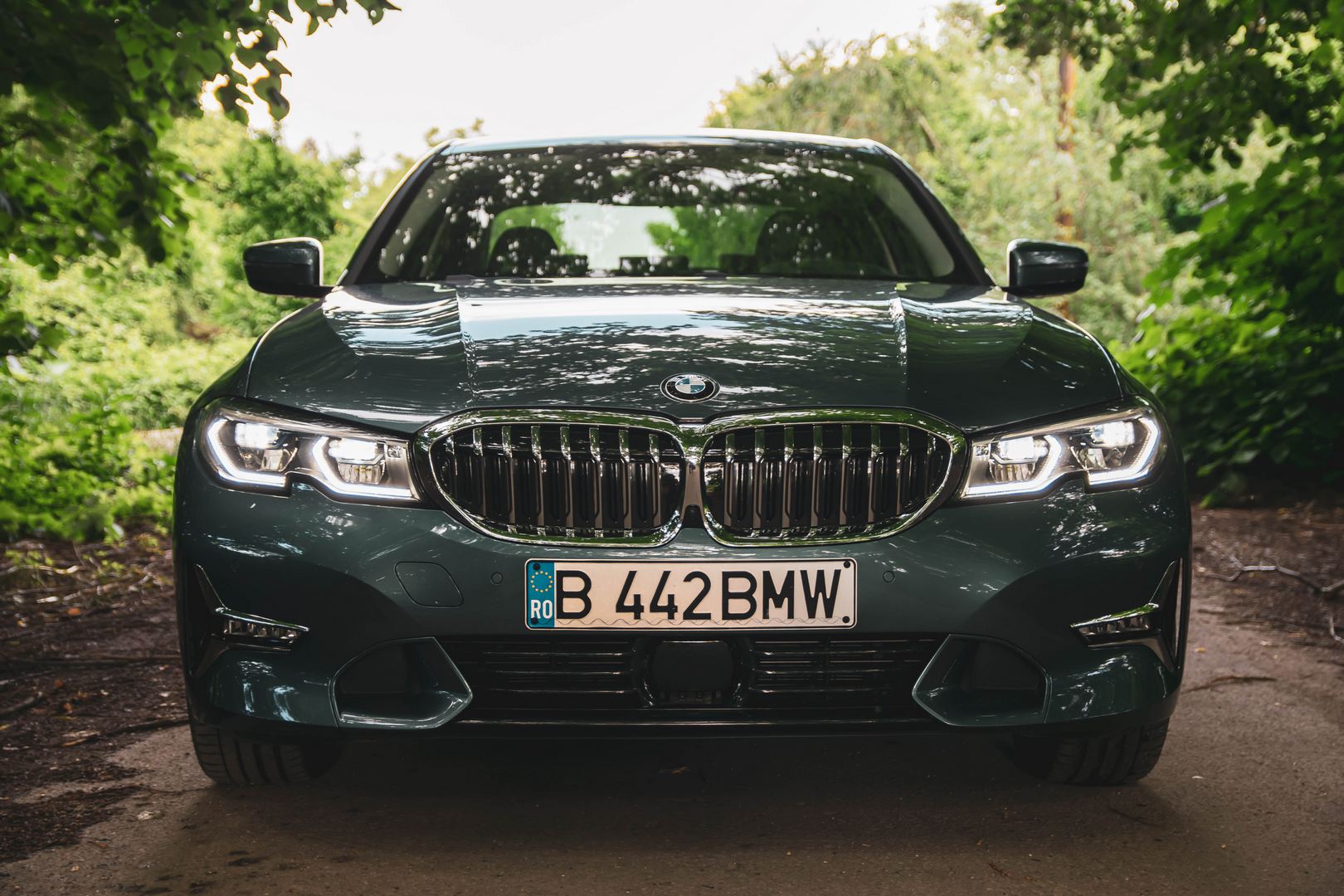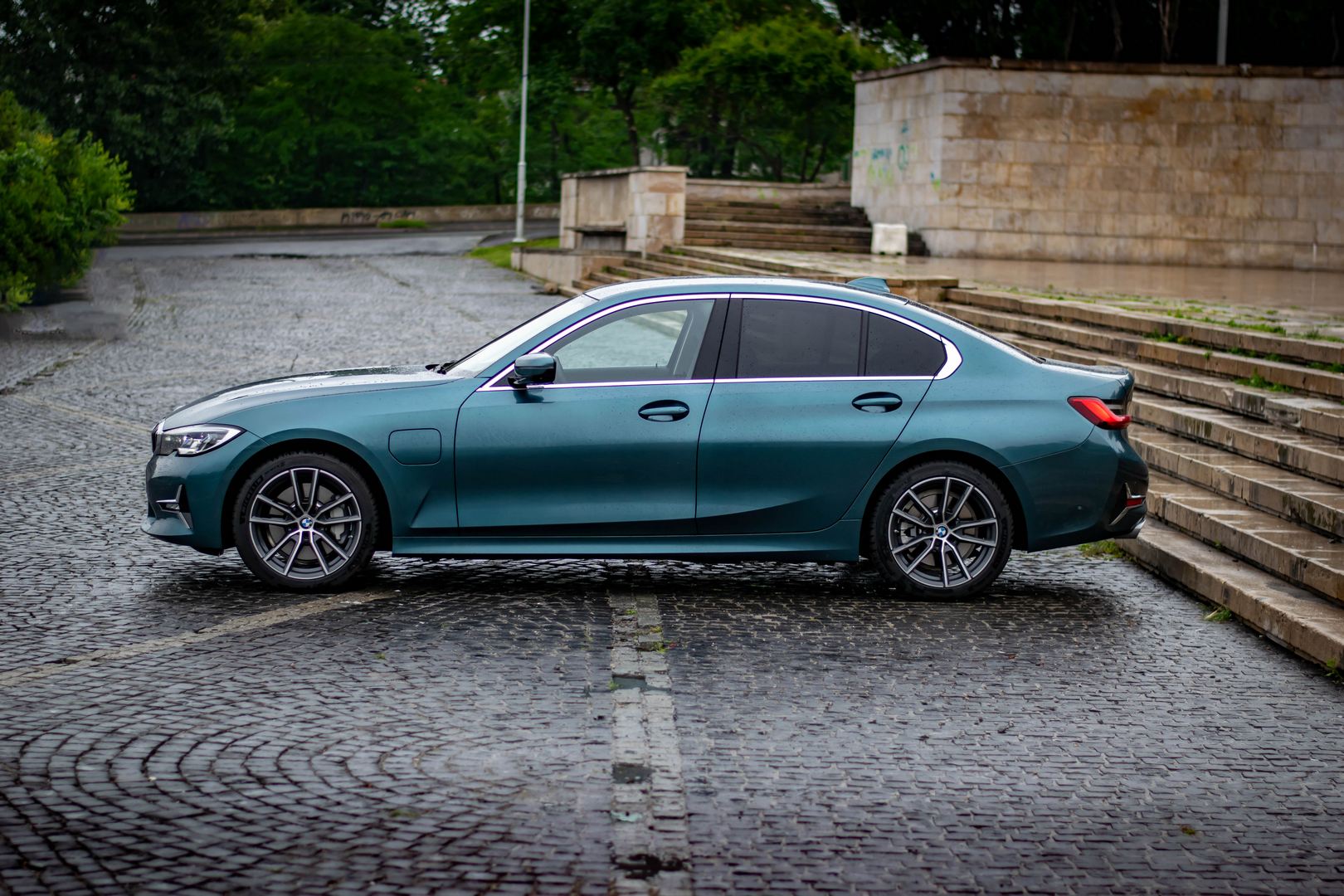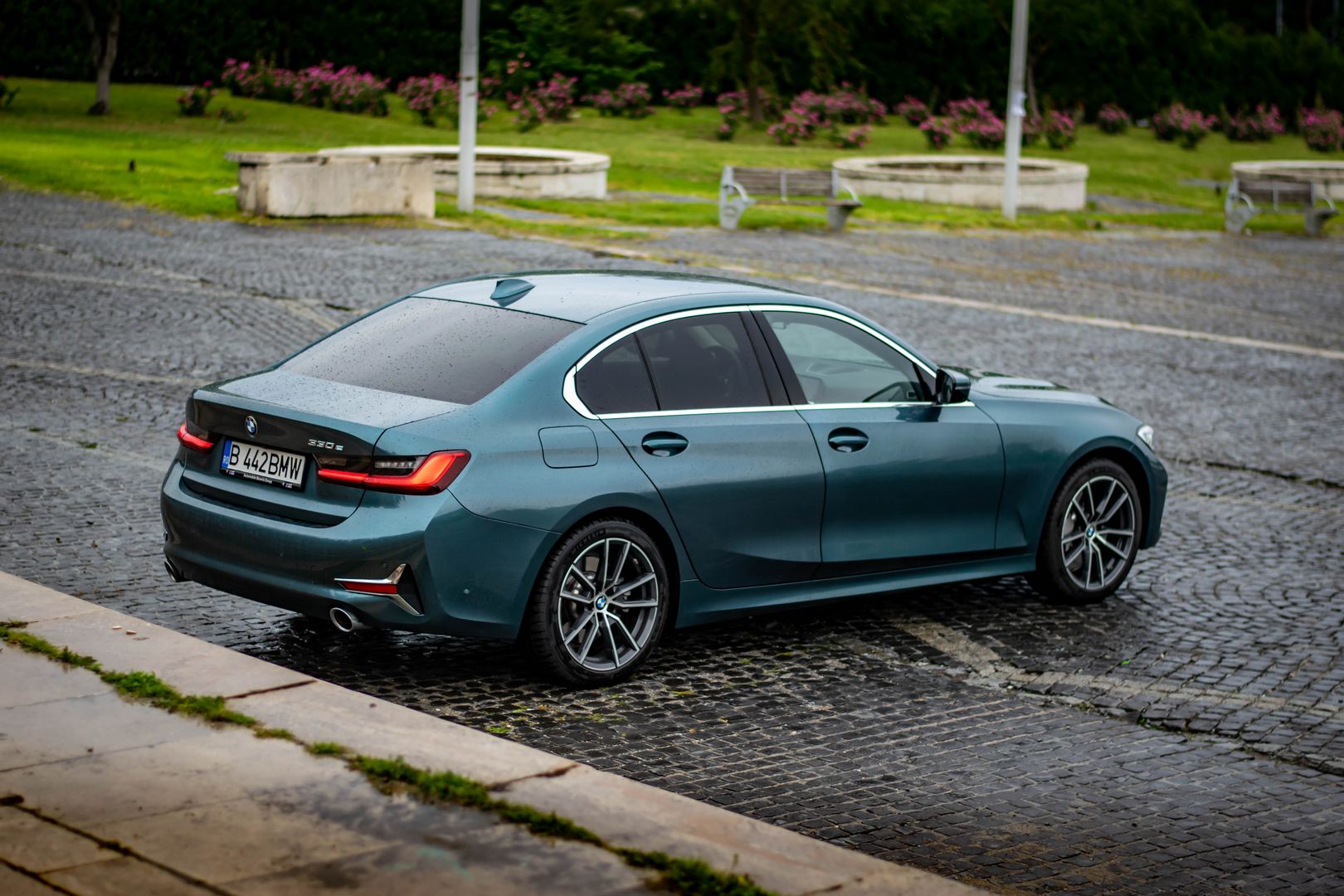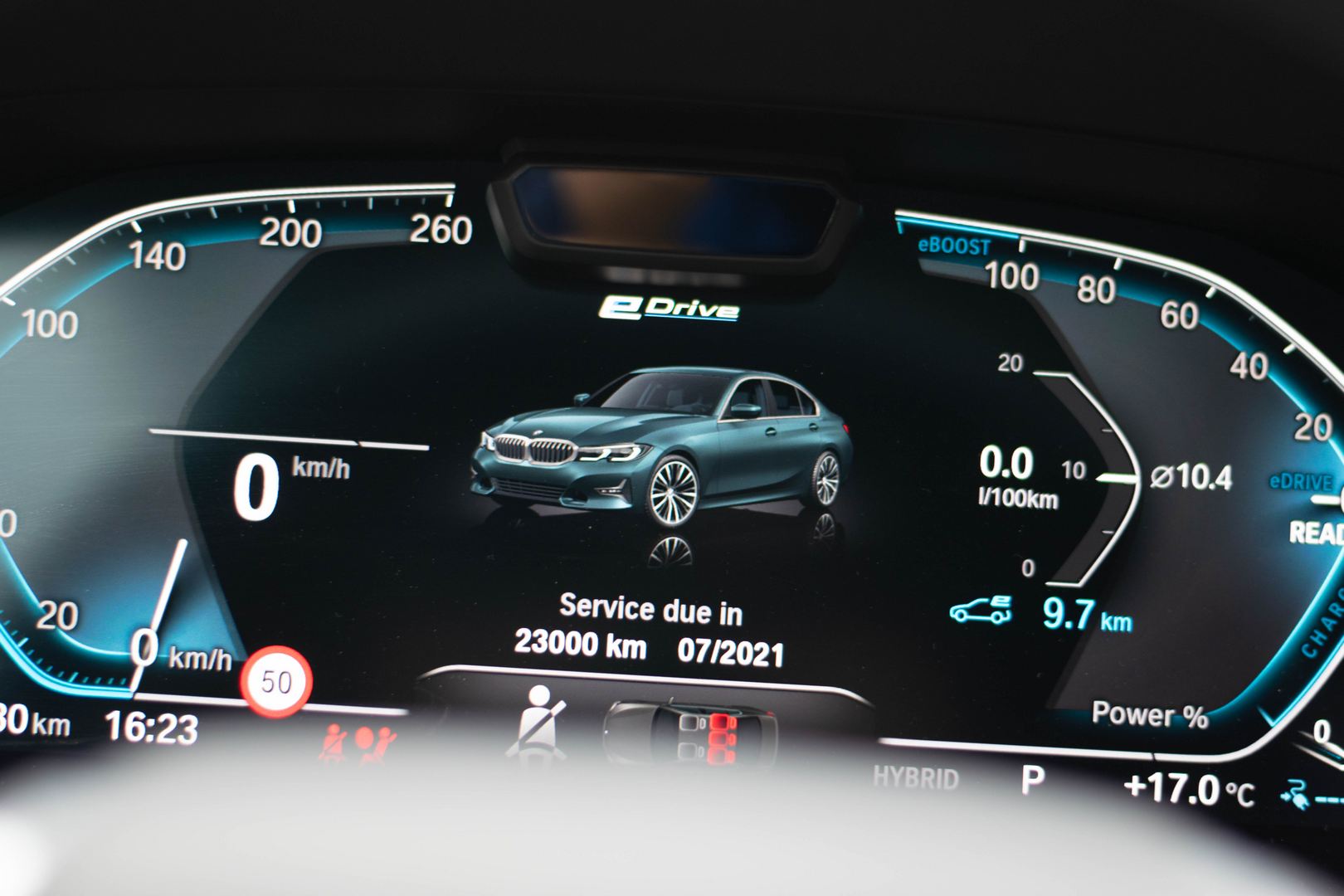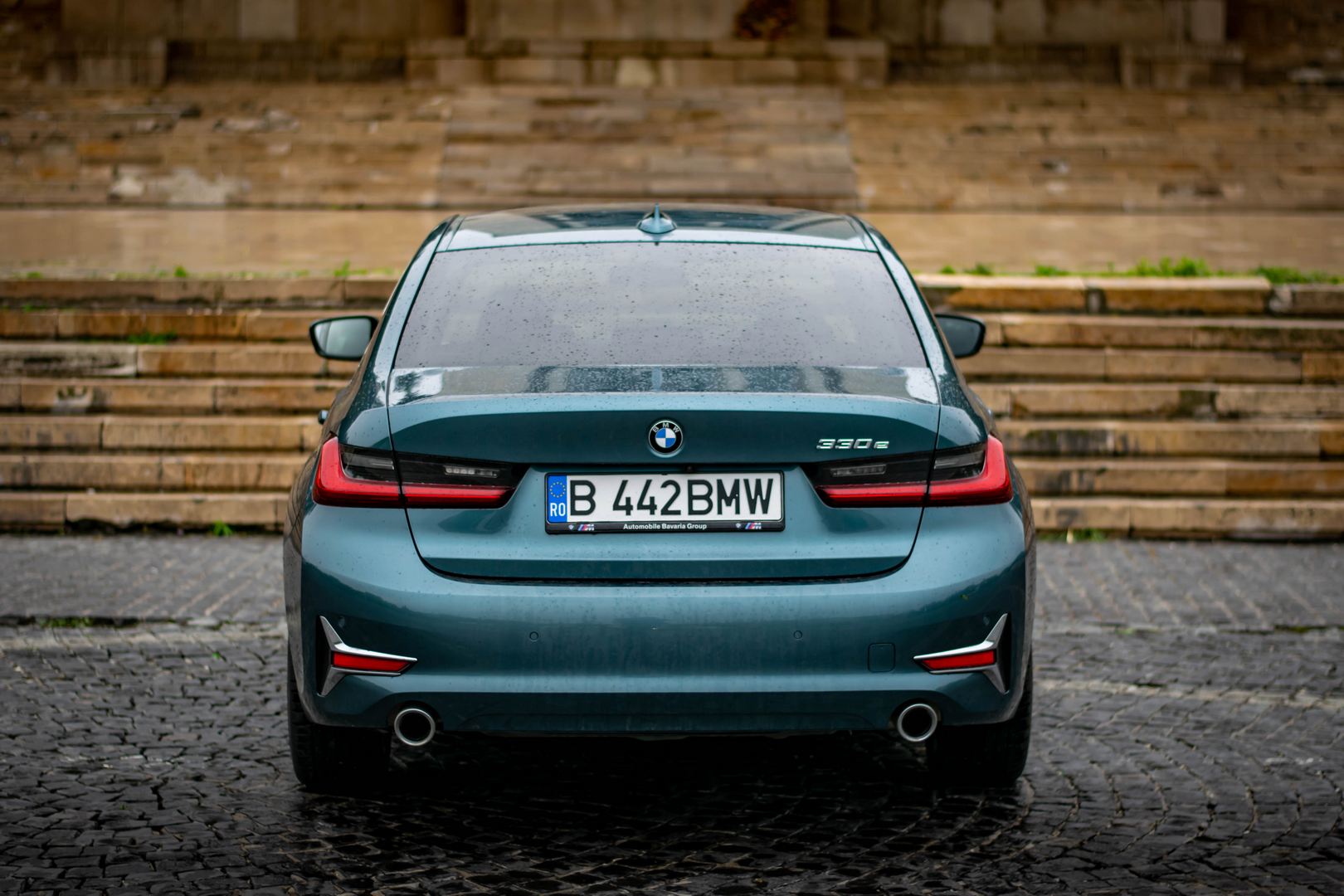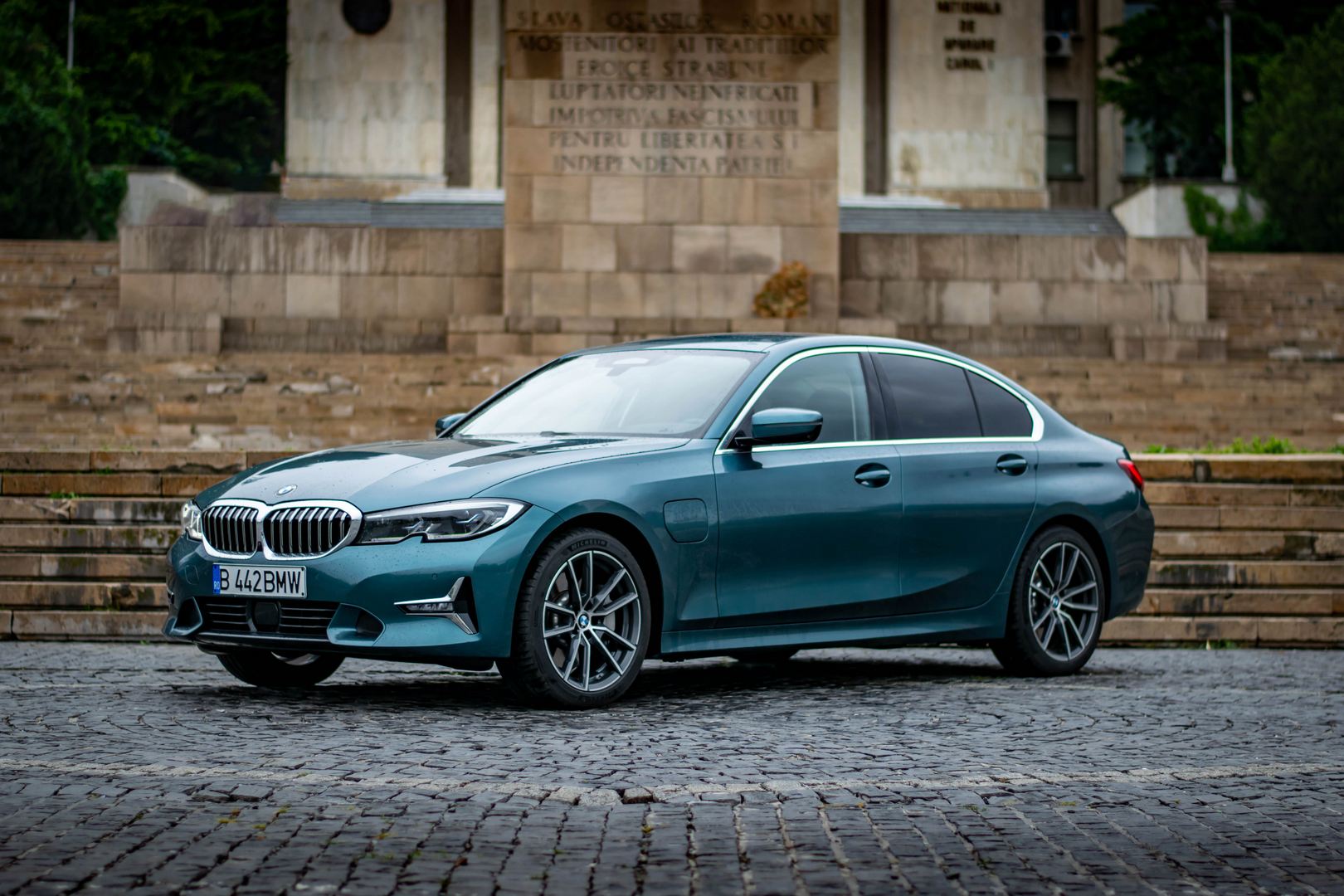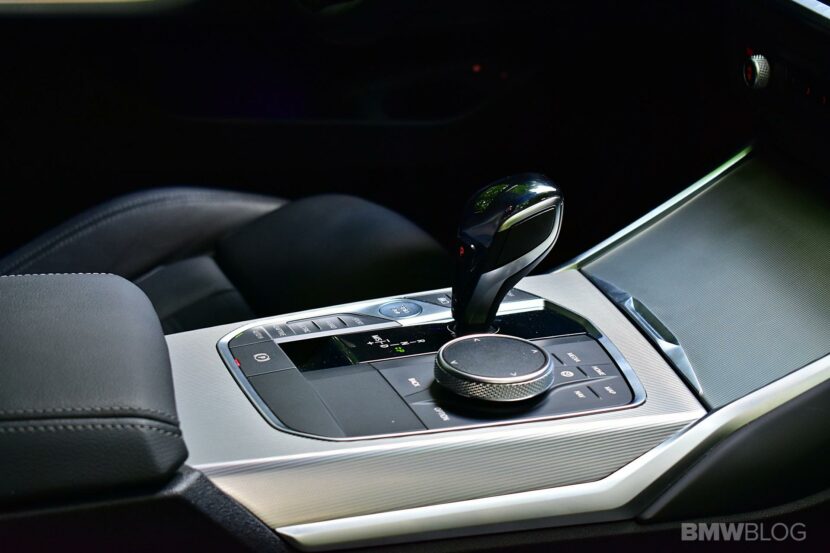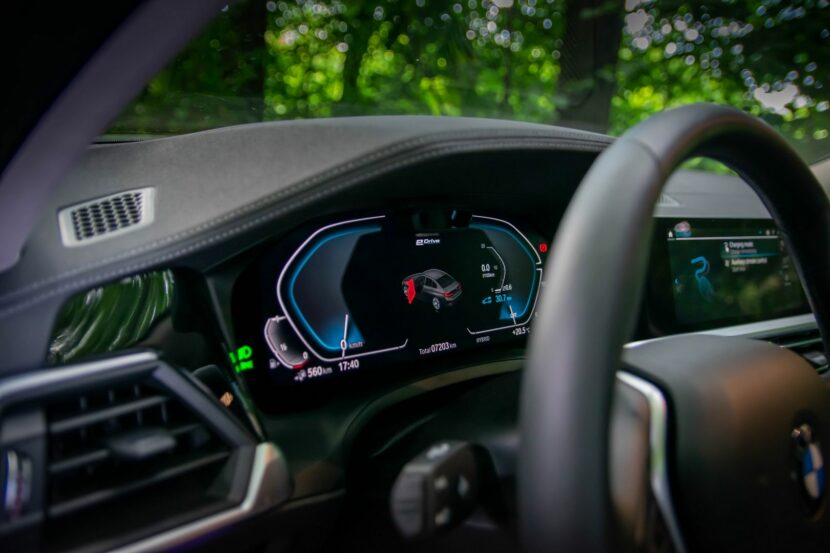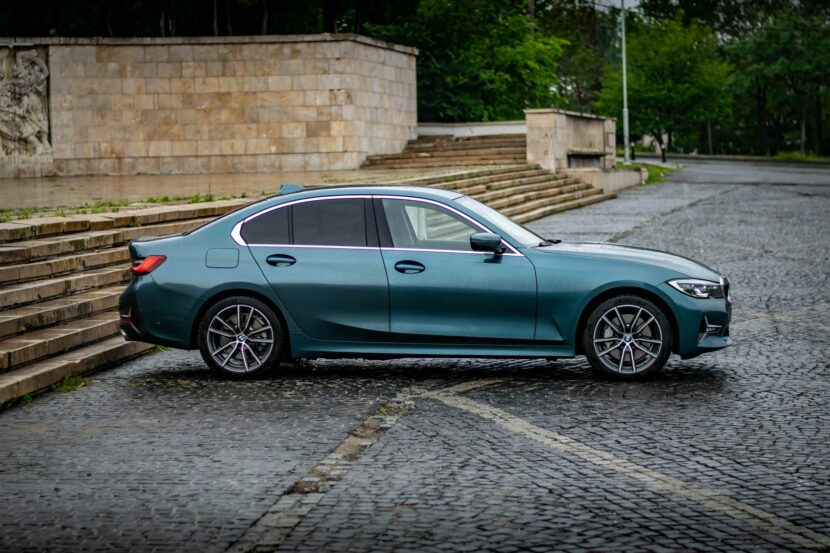Plug-in hybrid cars are certainly on the rise in 2020. As a matter of fact, all sorts of electrified cars are on the rise, which is something you might’ve noticed as well. Looking back at the last ten cars I drove this year, I couldn’t but notice that more than half of them have some sort of an electric helper on board. And that’s something that should make you reconsider your future purchases.
There are a few reasons why this shift is happening. The biggest and most important one comes from the legislative bodies in various parts of the world. Europe is currently leading the charge, therefore the EU27 market can’t be ignored. Automakers simply have to adapt. Stringent regulations demand a drastic cut of average CO2 emissions, in and outside city limits, and automakers need to take measures and offer various alternatives. Including plug-in hybrid models.
Higher Incentives For Electrified Cars
Then there are other reasons as well, most of them of pecuniary origins. Hybrid cars benefit from various incentives. In most of Europe, you get various discounts when purchasing an electrified car. These can vary from a few hundred Euros to several thousand, making these models very appealing. Drivers also get other perks like free parking or free access in downtown areas, where access taxes are being imposed more often than not these days. And finally, insurance and taxes are lower on hybrid models in a variety of countries.
In conclusion, there are plenty of reasons why the popularity of plug-in hybrids and electric cars are at an all-time high. But is it more to them than just the cash savings?
BMW now has more than ten plug-in hybrid models in the range, from the 2 Series Active Tourer to the X5 xDrive45e. Therefore, almost all segments are covered, and if you want a hybrid BMW you’ll most likely get what you want. Also in many cases, the hybrid model choice might actually bring the best bang/buck ratio.
330e – Arguably The Best 3 Series Model
Enter the BMW 330e. Now in its second generation, the BMW 330e is no longer a novelty badge in the 3 Series range. When the first one came out back in 2015, most people deemed it unnecessary. Admittedly, it did have its shortcomings, the biggest one being the limited electric range. For the 2020-2021 model, however, BMW says new batteries have been used which should cover most of our daily needs.
The new model comes with a larger battery which is already a significant step forward. Using higher energy density cells, the new G20 330e can fit more electrons in the same volume, offering a longer range. The batteries are positioned in the same location as on the older version – on top of the rear axle. This, of course, translates into a loss of space in the boot which is now 105 liters smaller than in a non-hybrid car.
Does that make a difference in your daily driving? It only does if you’re planning on storing taller items. For example, some strollers might not fit and you need to play around with the second row seating. Of course, there is always the option to wait for the 330e Touring.
That battery also makes the car a bit heavier (270 kilos heavier to be precise) and cuts into the fuel tank which is only 40 liters in size, compared to 60 for other models. So there are a couple of compromises to keep in mind.
Other than that, the plug-in hybrid looks and feels exactly the same as any other 3 Series in the range with the exception of some small details. The front left fender has an “extra gas cap” which houses the charging port while the center console has some additional buttons on it saying “Hybrid, Electric and Battery” on them. We’ll get into those later on.
Different Driving Modes Geared Towards Efficiency
The digital instrument cluster is also different as it doesn’t start off with a rev counter on the right side. The BMW 330e starts in the Hybrid mode which means the tachometer is replaced by a dial that shows you how much energy you’re using and how charged the car is. It will also show you how efficiently you’re driving and whether you’re getting some extra boost.
Hybrid mode has two different settings. By default, the car starts up in Hybrid Auto mode which means it will use the battery most of the time to get around, until it gets depleted. However, if your right foot is a bit heavier than usual, the petrol engine will kick in, without having to press the gas pedal to the floor.
If you enter the Hybrid Eco Pro mode, which is the second setting, the internal combustion engine will need a bit more persuasion to kick in. The differences are very small though.
Around town, using the default Hybrid mode allows you to notice the differences between a 330e and a more conventional model, be it a petrol or diesel powered on. The most obvious one is the quietness of the cabin. As you might expect, when cruising along using solely the electric motor, everything inside is serene. That feeling does get interrupted whenever you hit a pothole, as the 330e feels a bit more unsettled over nasty bumps than its brothers, mainly due to the extra weight. The suspension’s sound is also amplified by the fact that there’s no NVH levels to block it out.
An Efficient, Yet Potent Engine
Compared to other hybrids I tested, the 330e also stands out because of its four-cylinder engine. The engine causes a slight shudder which is then sent through the cabin. It’s not necessarily something you can fault the car for, since it’s a well known fact that 4-cylinder and 6-cylinder engines have different NVH levels. The latter being a lot better balanced.
Then there’s the Electric mode. As the name suggests, in Electric mode, the car will use solely the electric motor to get around. It’s not like Hybrid setting doesn’t do the same, but some characteristics of the car are changed in Electric mode. You’ll be able to drive on electron power up to speeds of 140 km/h. The Hybrid mode kickstarts the engine at 110 km/h. You’ll also get a more aggressive brake when recuperating energy in Electric mode, to gather as much energy as possible. And last, but not least, I felt like the pedal response was better in this mode as well, but it could just be a personal feeling.
Then there are two buttons left. The one marked with a battery sign allows you to enter Battery Save mode which is meant to allow you to recharge your car’s battery using the internal combustion engine. Basically, the thermic engine can use some of its resources to replenish the battery. This, in turn, will raise your fuel consumption but it could be useful in case you’re returning from a longer trip and want to use your car in EV mode once you reach the city.
Furthermore, using this mode on the highway has a less noticeable impact on performance and fuel consumption.
And finally, we have the Sport mode which also has a few of flavors: Standard, Plus, Individual or Xtra Boost. The first two are pretty much self-explanatory since most BMWs have them anyway. The last one is a new bit of tech that was introduced by BMW on the 330e. Xtraboost offers a bit more power to the total output for short bursts.
What Is The Xtraboost?
In order to explain it better, I need to delve into the technical side of things here.
The powertrain of the BMW 330e is made up of a 2-liter turbocharged internal combustion engine, an electric motor and the battery module. The thermic unit under the hood can deliver up to 184 HP. The electric motor which is encompassed inside the transmission can deliver up to 113 HP. Together they can offer up to 292 HP. What you need to know though is that the 292 HP figure is available only for short bursts. The car normally can rely on 252 HP. Those extra 40 HP are available for only 10 seconds at a time thanks to the Xtraboost function.
Does it work? Yes, it works and it’s quite interesting how is delivered.
The Xtraboost function is available even if the battery shows 0 percent. Given that’s only for 10 seconds, I guess the engineers managed to make some adjustments so that there’s always a buffer in those cells that would allow you to gain access to that burst of power. The new battery in the 330e measures 12 kWh now but only roughly 10 can be used, with the remaining 2 being a buffer of sorts. That’s a 30 percent increase compared to the old model.
Therefore, whenever you need some extra power, it’s right there. And the electrons really do make a difference in the way this 330e drives. The instant torque is brilliant at covering any torque gaps the 2-liter petrol engine might experience from time to time. The car feels strong on acceleration and quite lively, thanks to that rear axle. Yes, you do get a bit more weight towards the back but, in the case of the 330e, it kind-of helps.
The Driving Experience
Our tester was the RWD model and was a blast to drive, especially since it has been a while since I last had the chance to drive a pure, rear-wheel drive BMW. As an interesting side note, the majority of cars sold by BMW these days are configured with xDrive. 0-100 km/h (62 mph) takes 5.9 seconds which is just 0.1 seconds behind the equivalent 330i, but the seam of the pants meter makes it feel faster.
Turn it and the car oversteers easily thanks to the added torque on tap. The steering feels dead on center, as most BMWs do, and it doesn’t offer a lot of feedback. But at least it’s direct and predictable, helping you have fun whenever you want. What’s most interesting is that the car handles just as great no matter how much charge you have left. That means, some work was done to make sure those batteries can always deliver the energy needed to get the most out of the car.
Then again, nobody expected the 330e not to handle great, right? Well, at time, I did feel the added weight of the batteries, creating a pendulum effect, as the rear is a bit heavier than the front. Basically, when you start drifting, that added weight can push the rear axle a bit further towards the outside. But you’ll only notice that difference when pushing the car past 9/10.
Let’s be honest here, not even 10 percent of the people looking to buy this car will ever reach that point, where traction and grip are lost. Most people will be interested in how far they can drive it on electrons and the fuel consumption. On that end I can report that my tester repeatedly showed an electric range of 40 kilometres (25 miles) with a full charge.
I know it’s a bit of a departure from the official 37 miles (60 kilometres), but as we all know, real life results often disappoint. My driving experience including mostly city driving with the AC on and not necessarily with the lightest foot. Therefore, I think you could get better results with a bit more care. In my case, I wanted to see how the car behaves without worrying about being too aggressive with the throttle.
In terms of burning gas, the results will vary depending on how long your commute is. With the battery depleted, the on-board computer showed a fuel consumption of 10 l/100 km (23.5 mpg). That means, if you drive 100 km around town every day, you’ll be doing 40 of those on electricity and burn some 6 liters of gas for the remaining distance, averaging 6 l/100 km (39.2 mpg).
On the highway, that number varied between 6 l/100 km (39.2 mpg) at an average speed of 75 km/h (46.5 mph) and 8 l/100 km (29.4 mpg) at 130 km/h (80.7 mph).
Overall, I think those are very good numbers, especially if you’re going to use this car as it was designed to be used.
Should I Buy One?
The 330e makes even more sense if you have access to a charging port (either at work or at home). And if your daily commute doesn’t go over 40 km (25 miles). If you fall into that category, the BMW 330e is the car for you. Charging might be a bit of an issue otherwise because, unlike EVs, plug-in hybrids are mostly limited to a single-phase charger. Therefore, you’ll be able to charge it with up to 3.7 kWh and that translates into a charging time close to 4 hours for 100%. Using a home socket that charging time raises to 6 hours for 100% charge. As I mentioned, if you have a charger available at work or at home, charging this car won’t be an issue.
The advantages plug-in hybrids bring compared to EVs or petrol models need to be exploited in order for them to make sense. They do offer the best of both worlds, but you’ll just have to be a bit more careful about your habits. Charge it daily and you’ll be able to use this car without refueling for extended periods of time. Leave town for a road trip and you only need to stop at a gas station for maybe 5 minutes before continuing on your journey.
It can all work out as long as you take a moment to ponder the way you’re using your car.
2020 BMW 330e
Exterior Appeal - 8
Interior Quality - 8
Steering Feedback - 8
Performance - 8
Handling - 7
BMWness/Ultimate Driving Machine - 9
Price Point - 7
7.9
The 330e makes even more sense if you have access to a charging port (either at work or at home). And if your daily commute doesn’t go over 40 km (25 miles). If you fall into that category, the BMW 330e is the car for you.


